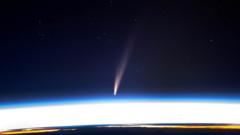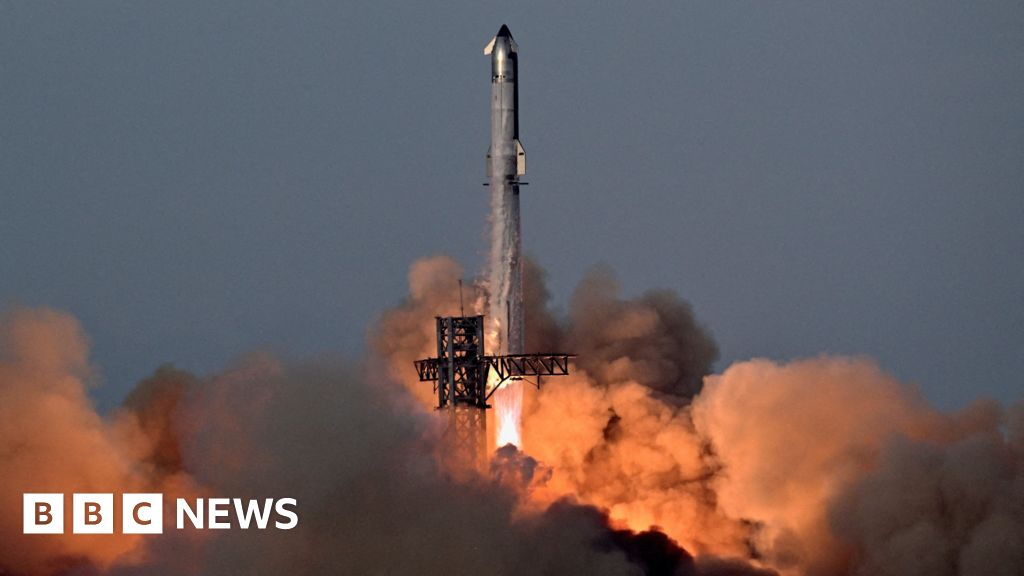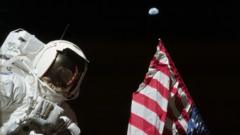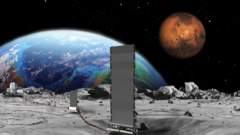The comet could be best appreciated from the southern hemisphere, where observers are encouraged to look towards the eastern horizon around sunrise and the western horizon at sunset. As visibility may vary, especially in the northern hemisphere, enthusiasts are advised to seek dark locations away from light pollution.
This extraordinary celestial body, classified as a "sun-skirting" comet, was detected last year by NASA's Asteroid Terrestrial-impact Last Alert System. According to Dr. Shyam Balaji from King's College London, while the comet is expected to shine as bright as Venus post-perihelion, the predictions surrounding its brightness remain uncertain as is often the case with comets.
On social media, NASA astronaut Don Pettit recently shared a stunning image of the comet taken from the International Space Station, expressing the awe of observing such an event from orbit. Observers hoping to catch a glimpse of the comet are reminded to check local weather conditions and prepare for changing visibility as the comet's path approaches Earth.
This extraordinary celestial body, classified as a "sun-skirting" comet, was detected last year by NASA's Asteroid Terrestrial-impact Last Alert System. According to Dr. Shyam Balaji from King's College London, while the comet is expected to shine as bright as Venus post-perihelion, the predictions surrounding its brightness remain uncertain as is often the case with comets.
On social media, NASA astronaut Don Pettit recently shared a stunning image of the comet taken from the International Space Station, expressing the awe of observing such an event from orbit. Observers hoping to catch a glimpse of the comet are reminded to check local weather conditions and prepare for changing visibility as the comet's path approaches Earth.



















